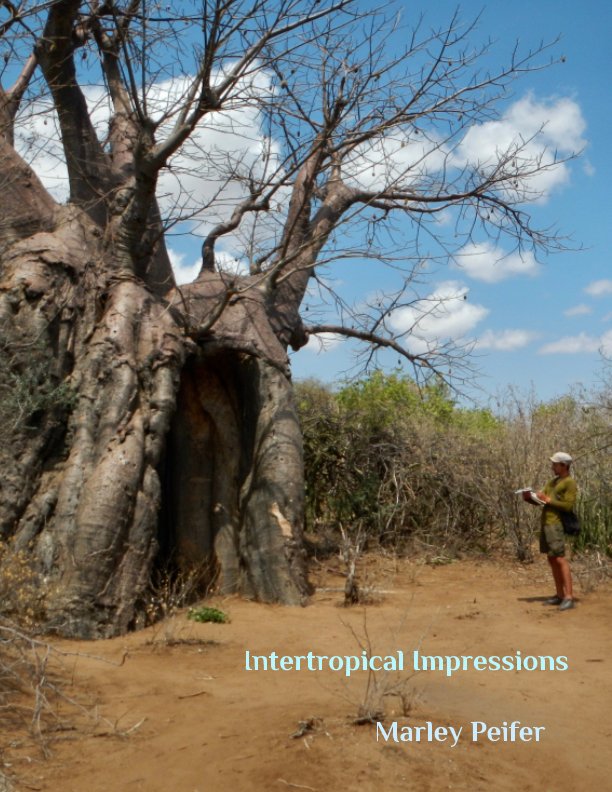Homeschool nature study and nature journaling are exploding in popularity as parents realize the many benefits for their children. Despite my experience with nature education, I’m not a parent. So let’s hear from Dallas Nachtigall, homeschool mom and artist, as she shares some of her experience.
Getting started with homeschooling
Why did Dallas and her husband decide to homeschool? It turns out that Dallas’ husband was homeschooled. One of the main benefits he experienced was how much time he was able to spend in nature. A love of nature is a cherished family value for them. Therefore, they decided to homeschool their kids. There is more flexibility to be outside more when homeschooling. I spoke with two other homeschool moms with similar stories in this live conversation.
Charlotte Mason homeschool style
As she was getting started with homeschooling Dallas soon learned about Charlotte Mason . The Charlotte Mason method of homeschooling provides lots of focus on nature study, journaling, art, and direct observation. Charlotte Mason lived during the 19th century in England and wrote extensively about homeschooling ideas.
Kids and adults learning together
Dallas has created an online art class for homeschool families. The class is based in Charlotte Mason methods and includes insights from Dallas’ academic background in fine art. This class is unique due to parents and children learning together. In most education systems, even homeschool, the adult has the role of teacher who knows about the subject. There is more humility and vulnerability in the method that Dallas proposes. There is also a freedom and relaxation that can come to the parent. Once you realize that you do not need to be a great artist or naturalist you can relax. Your role is mostly to “model” instead of teach.
Motivating less motivated kids
Motivation is easier when the adult is a co-learner and co-explorer with the kids. This is especially true with teens or more resistant children. The parent or tutor showing their own learning process, their own challenges, and their own shortcomings can help the student. Instead of pretending to be an expert about something the adult can share in the curiosity and humility of the learner. Most of us who were trained in the top-down education system will take a while to learn this new way.
Why is nature study and nature journaling important?
Dallas started her podcast to share the philosophy behind why nature study and drawing are important. Her podcast is called Bestowing the Brush and you can check it out here.
She believes that nature study and drawing are skills with many benefits. Her kids have become more observant and developed better hand coordination through their practice.
What is the difference between Nature Study and Nature Journaling?
Dallas describes the two approaches as complimentary activities. In her definition the nature journaling is more in the field and based on direct observation while the nature study is based on literature, nature lore, and books. For example, while reading about and studying fruiting trees and plants at home then afterwards going out to the field and observing cherry trees with fruit in a local orchard.

Homeschool Nature Study Tips
- First, start with some basic art skills at home before going outside. Dallas likes to teach some of these basic skills in a familiar context before going out into the woods.
- Make sure you have your kids basic needs met. Bring snacks, layers,etc. And have a good way to carry materials.
- Next, invest in quality materials and build a functional kit for each kid. Dallas firmly believes that kids will take more pride in their work if they are given a certain level of quality in art supplies. Don’t be too cheap in the supplies that you give them
- Combine writing, drawing, and diagramming.
- Let the kid decide the subject.
- Take the pressure off the kid. Too much pressure on the kid can kill their natural curiosity and motivation. This is especially important with small kids.
- You can practice observation skills on regular hikes. If you want you can try to draw from memory when you get home.
- Keep the lessons short. Especially with small kids.
- Create a “Family nature journal”. This was one of the best ideas I learned from Dallas. She recommends creating a shared journal that anyone in the family can add to. During a fieldtrip she just lets the kids know the family journal is available. The parents can add to it, the kids can add to it. The journal is always ready. I love this idea!
For more tips and lessons check out Dallas’ website and consider signing up for her awesome class!
Just getting started with nature journaling?
Need more tips? If so, check out this post. It will walk you through how to nature journal in 10 steps.
Need help choosing nature journaling supplies? Check out Nature Journaling Supplies: What You Need and What You Do Not
